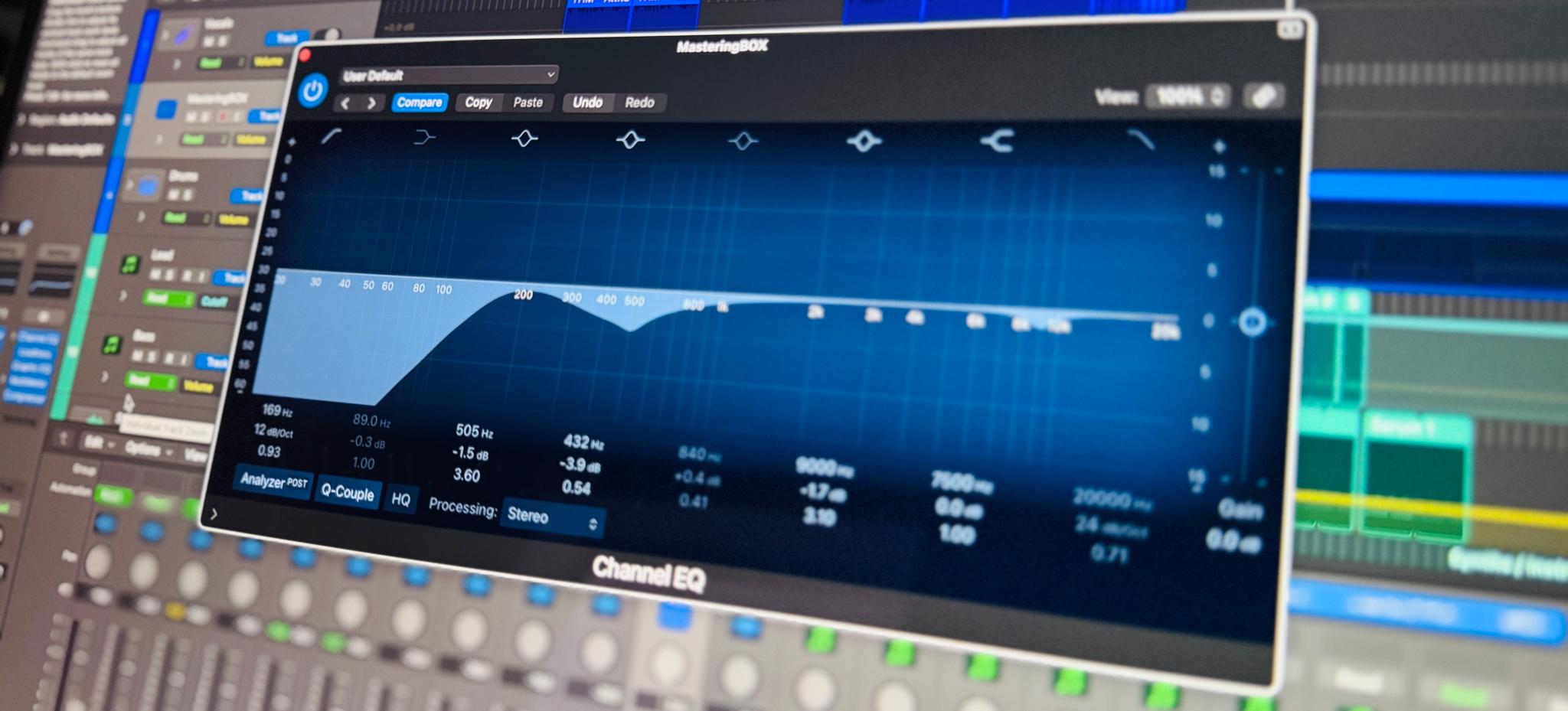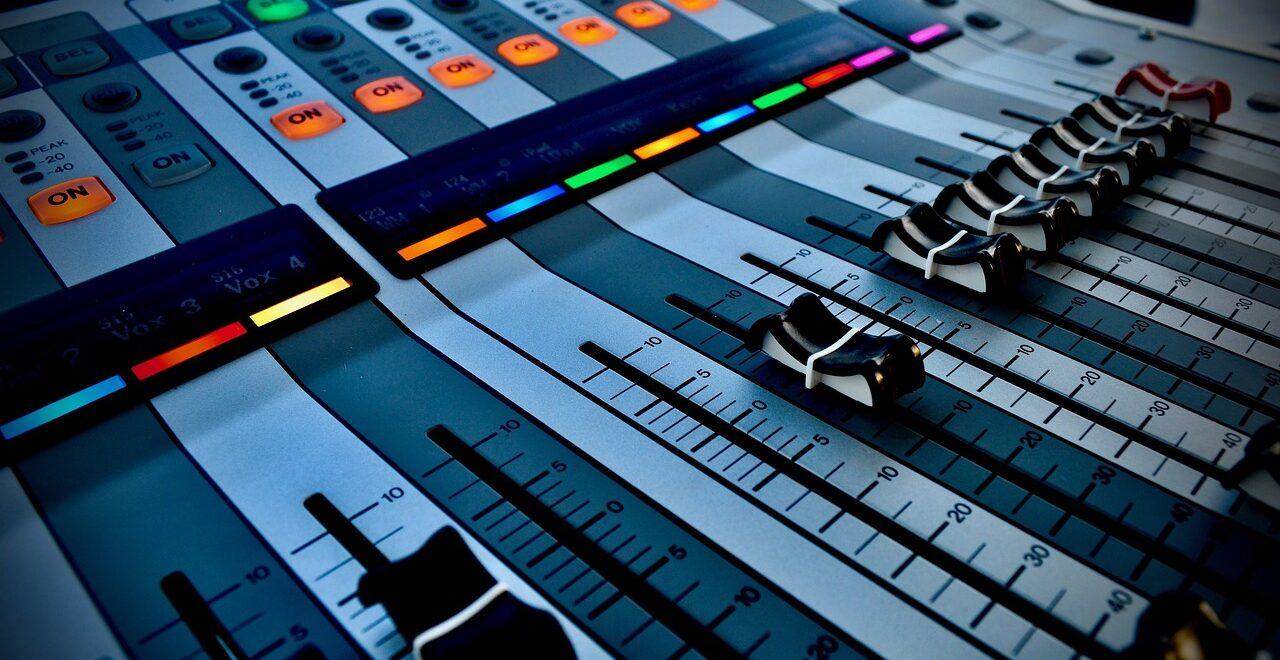It’s easy to get bogged down by all the variables related to mixing. While working with all these moving parts is never easy, it can at least be made easier. Here are just 10 simple ways you can improve your mix.
1. Know Your Song
Before anything, it’s important to have a rough idea of what you want the song to sound like. Ask yourself these questions: What genre does it fall into? Does the song need some grit or more clarity? Should the bass really boom in this track or not? Where is the melody throughout the track? Questions like these should always be the starting point of the mix. By having guidelines, you can focus on the sound you want and reduce the amount of work you’ll have to do in the end.
2. Subtract First
Mixing isn’t just a game of addition; it’s also one of subtraction. Frequencies will need to be boosted or reduced depending on which elements need to come through and which should sit back. To save yourself some headaches and allow yourself some room to maneuver when mastering, consider taking away before adding too much.
A good place to start is getting a grasp on subtractive EQ. This is the process by which frequencies are removed from a track before others are boosted. If only addition is taking place, each track will conflict with the others, trying to be louder and more present. You’ll eventually find yourself in a predicament where no more boosting can take place, and the mix will sound muddy. If this occurs, you’ll have to start subtracting frequencies anyway, so it’s best to start there and save yourself the effort.

3. Stay Organized
While some songs have more elements than others, there’s a lot happening in any mix. There are multiple instruments, various effects, and channels all over the place. All of this chaos can hinder your desire to work on the mix. Do yourself a favor and get organized. Most modern DAWs like Logic Pro X and Pro Tools have color coding. This means you can color each track separately to give yourself visual cues. Additionally, you can create sub-groups and buses to keep similar sounds in an easily identifiable place. This is especially useful for drum mixing since drums contain so many parts. And don’t be afraid to label and flag whatever you desire, as long as it helps you.
4. Don’t Overdo It
It can be easy to get carried away when mixing. Maybe you come across an awesome delay effect for your lead guitar. It sounds great in solo but muddies the mix as a whole. Or maybe you compressed your vocals a bit too harshly. Any mix element can be overdone, so it’s important to increase levels and introduce effects gradually and carefully. You’ll need to save some headroom for mastering anyway. Remember, less is often more.
5. Be the Listener
Remember that you ultimately want people to hear your work. Because of this, always keep in the back of your mind that you yourself are a listener. What is it about your favorite songs and albums that you enjoy so much? How can you improve your mix to make it that enjoyable? Every mix is different, of course, but if you take on the perspective of the listener, you might hear things a bit differently. And don’t forget, people enjoy music in different places and scenarios. When testing your mix, consider listening in different ways, not just through home studio monitors. Pop in some earbuds, take it on a drive, or even listen directly off your phone. The mix should sound good in all these settings (though they’re not all optimal). Of course, mastering your track will ultimately help in this pursuit.

6. To Each Its Own
Mixing involves consideration of individual tracks and the song as a whole. Each track should sit in a different frequency area to carve out its own space in the song. This doesn’t mean, however, that every song element will be prominent. Rather, some elements will come through more than others. Knowing which parts deserve more or less space is key to a good mix.
7. Keep It Dynamic
A great mix isn’t just about proper frequency placement. The best mixes are dynamic. There are plenty of ways to add dynamics to improve your mix. One way is to employ mix automation in the DAW, wherein variables such as gain, delay, reverb, effects, and EQ can be adjusted for a specified portion of the track. Another way to introduce dynamics is to create a separate track and adjust it there. It’s easy to duplicate tracks in any modern DAW, so feel free to create as many copies as necessary and manipulate them as you see fit.
8. Context, Context, Context
While each track needs to have its own space, the overall context is ultimately what matters most. A common mixing mistake is to EQ tracks in solo. By doing so, you lose what the track sounds like in concert with the rest of the song. You might find that what sounds good by itself clashes with the rest of the mix. Even if you do some tweaking in solo, remember to always come back to the whole mix before finalizing.
9. Melody Matters
Melody is the most memorable aspect of a song. This is why it’s so important to focus on melody when writing a song. Likewise, keeping the melody present is crucial when mixing. The vocals often carry the melody of a song, but not always. Many songs carry the melody through several instruments, such as vocals, guitar, and bass. By honing your ear on the melody, you can adjust the mix to make it more prominent and avoid clashing melodies.

10. Take Some Risks to Improve Your Mix
Finally, don’t be afraid to loosen up a bit. Mixing is a creative art, meaning you can do whatever you want. While it’s good to have some guidelines, especially when starting out, the best mixes are often those that step outside the box. With today’s technology and storage capacity, most mistakes you make can be undone with a click or two, so there’s no reason not to try new things. Taking risks just might improve your mix.
Conclusion
Mixing can be difficult and even arduous, but it should also be fun. These tips might help make the process just a bit more manageable. If you’re looking for even more ways to improve your mix, check out these 5 easy tips for a better mix!
À propos de l'auteur

Ethan Keeley
Rédacteur, chanteur, musicien et monteur audioEthan Keeley est un musicien, un doubleur et un écrivain de Rochester, dans l'État de New York. Lorsqu'il n'est pas en tournée avec son groupe Unwill, il travaille sur de nouvelles chansons et histoires.
Laisse un commentaire
Connecte-toi pour commenter.


